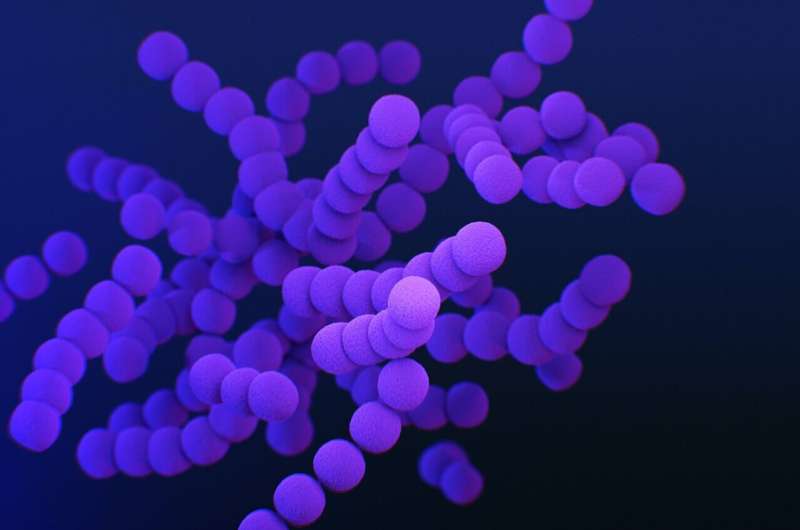The bacteria that look after us and their protective weapons

The extensive agriculture that makes it possible to meet the nutritional needs of the planet's billions of inhabitants is based on the use of chemical products (pesticides) to avoid crop losses due to pests. However, these pesticides have a negative effect on human health and contaminate soil and groundwater. The use of beneficial microorganisms to control diseases in plants of agricultural interest, known as biological control or biocontrol, offers a sustainable alternative to chemical pesticides while protecting crops.
Patricia Bernal, a Ramón y Cajal researcher at the Department of Microbiology of the University of Seville's Faculty of Biology, is working with the bacterium Pseudomonas putida, a biological control agent found in the soil and in plant roots and which, as such, has the ability to protect plants from pathogen attacks (organisms that cause diseases) also known as phytopathogens. Specifically, the US researcher is studying a molecular weapon that bacteria use (Type VI Secretion System or T6SS) to eliminate their competitors.
The T6SS could be compared to a harpoon with a poisonous tip that bacteria throw at their enemies to annihilate them. In a recent paper, which has just been published in the scientific journal PNAS and for which Patricia Bernal worked with researchers from Imperial College London (UK) and the University of Texas at Austin (USA), the authors describe a new assembly model of this bacterial machinery that allows it to be articulated very quickly and triggered instantaneously.
Knowledge of this protection mechanism at the molecular level is essential to optimize the biocontrol processes that will enable us to transition towards more sustainable agriculture. "Microorganisms have the answer to reconcile humans with nature. Among other things, biocontrol agents will allow us to move towards a form of agriculture that respects the environment and the health of animals and people," says Bernal.
In a previous study, the US researcher already described the T6SS as one of the key mechanisms used by P. putida to eliminate phytopathogens and for crop protection.
More information: Patricia Bernal et al, A novel stabilization mechanism for the type VI secretion system sheath, Proceedings of the National Academy of Sciences (2021).
Journal information: Proceedings of the National Academy of Sciences
Provided by University of Seville

















